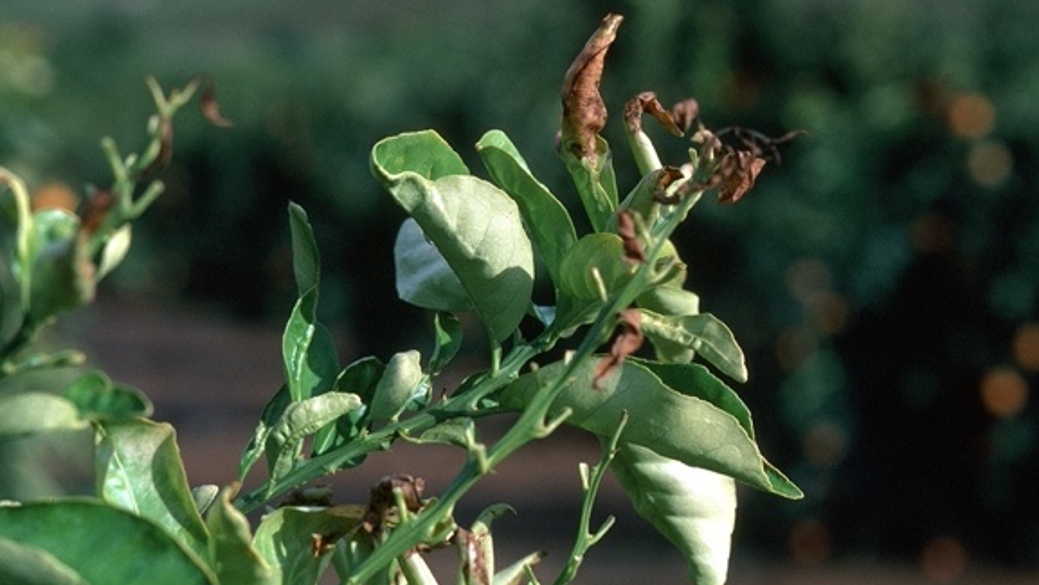MARCH Plant Care Checklist

Protect sensitive plants from cold injury when frost is predicted. Photo: Courtesy UC Regents
Maintenance and prevention
- Chop up cover crop foliage into small pieces if you grew a cover crop. Turn under or add the clippings to your compost pile.
- Replace path mulches that have been washed away by heavy rains.
- Apply two to four inches of mulch where existing mulch is thin or soil is bare, especially around newly planted trees and shrubs. Keep mulch back a minimum of 3 inches from tree trunks and 6 inches from perennials to discourage pathogens.
- Inspect irrigation system for leaks and non-functioning emitters and sprayers. Make any needed repairs or changes.
- Protect sensitive plants from cold injury when frost is predicted. Late frost is possible.
- Sharpen pruning shears and other garden tools as needed. Clean and disinfect your pruning shears after use. Finish with a light coat of oil to protect the blades.
- Eliminate standing water in gutters, drain pipes, and flowerpots to deter mosquitoes.
- Clean winter debris from ponds, fountains, and bird baths.
- Deadhead spring blooming bulbs. Leave the foliage in place to wither naturally and reenergize the bulb for next year.
Planting and propagating
- Shop for rhododendrons, camellias, and azaleas while they are in bloom.
Cutting and pruning
- Prune freeze damaged plants after all chance of frost has passed.
- Prune fuchsias after chance of frost passes.
- Finish pruning roses and planting new roses.
- Clean up dropped leaves and old mulch around pruned roses.
Pests and weeds
- Handpick snails and slugs after dark or apply pet-friendly bait.
- Be diligent about pulling weeds before they set seed.
- Apply one to four inches of mulch around plants and on bare areas of the garden to suppress weeds and help retain soil moisture as winter rains subside. Keep mulch away from the crown of plants.
- Water in early morning if irrigation is required, to prevent foliage staying wet overnight. This can attract snails and slugs and cause fungal diseases.
Feed and fertilize
- Test soil for pH, nitrogen (N), phosphorus (P), and potassium (K), and apply appropriate organic fertilizer.
- Apply compost or organic all-purpose fertilizer to trees, shrubs, and perennials, especially those that were planted last fall.
- Repot houseplants and give them their first feeding. Spring is the best time.
- Feed citrus trees with organic fertilizer if needed.
- Fertilize azaleas, camellias, and rhododendrons with an organic fertilizer after they have bloomed
Edibles
- Prepare beds for planting.
- Hang codling moth traps in apple, pear, and plum trees.
- Plant starts of arugula, asparagus, broccoli, cabbage, cauliflower, celery, chard, collard greens, kale, leeks lettuce, bunching onions, peas, and rhubarb.
- Learn more about crops to plant in March and other activities in the edible garden.
Fire-smart Landscaping
-
Remove invasive plants and consider replacing them with California natives, pollinator or low water use plants keeping biodiversity in mind.
-
Learn more about Fire-smart Landscaping.
